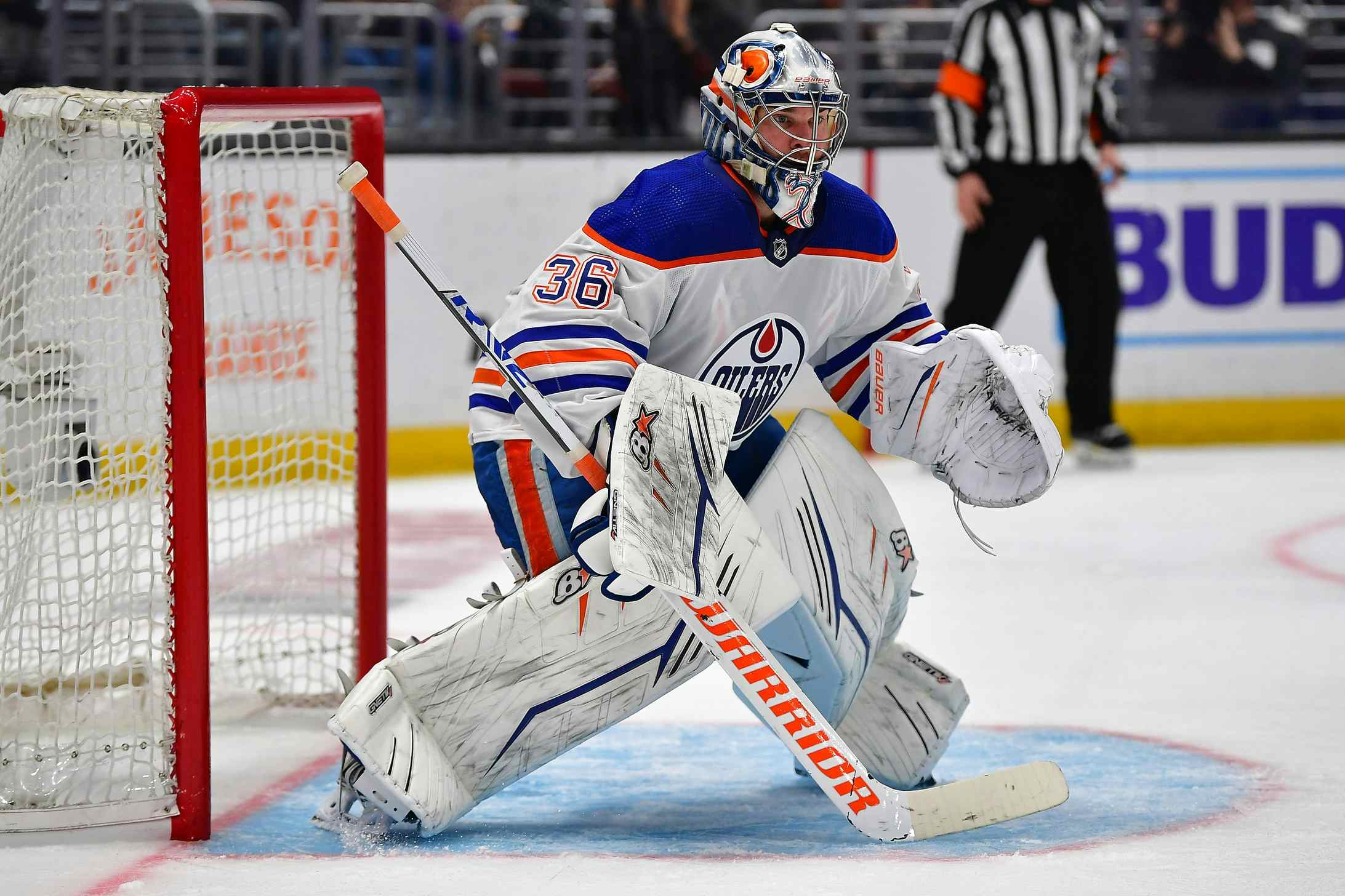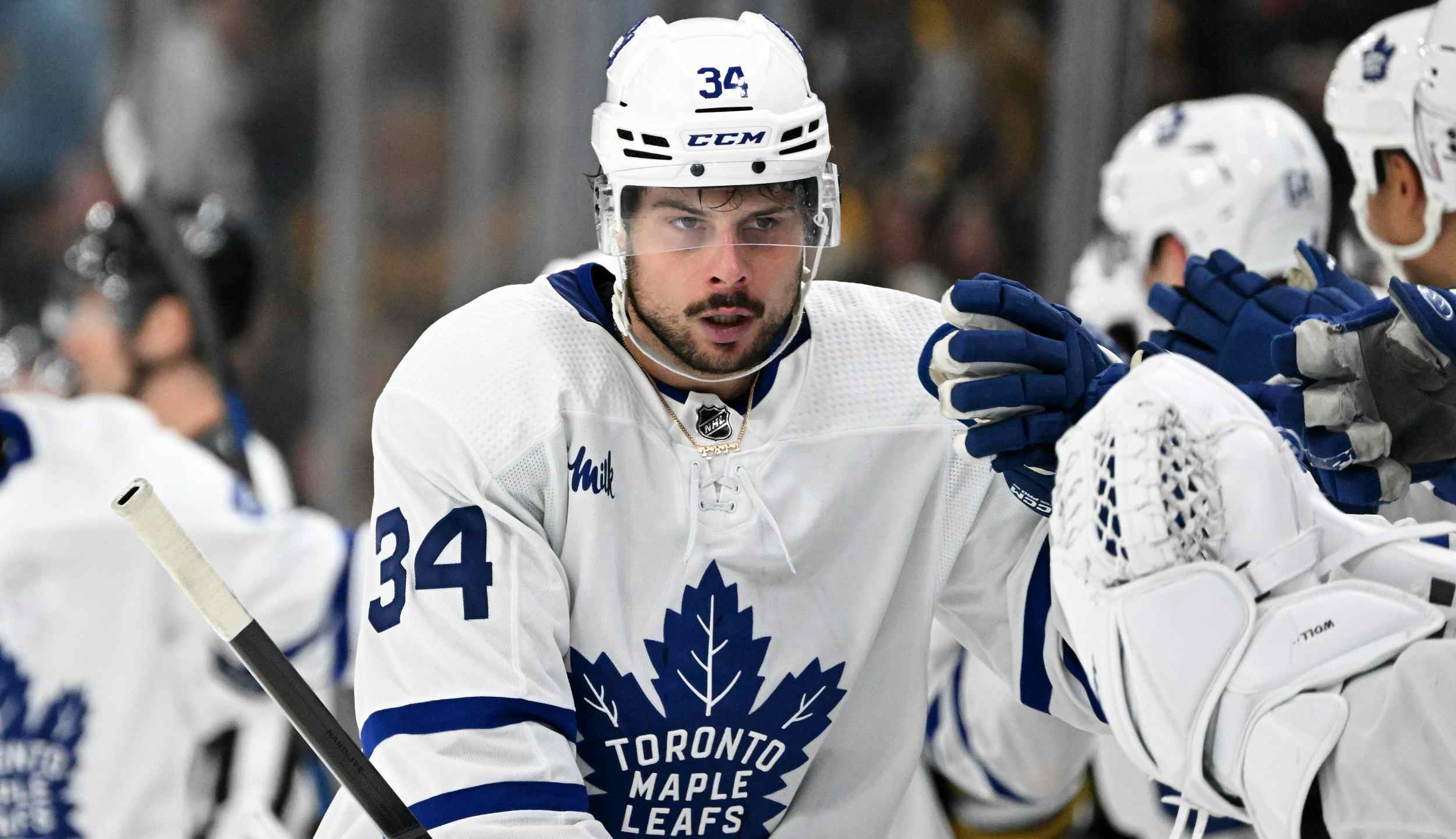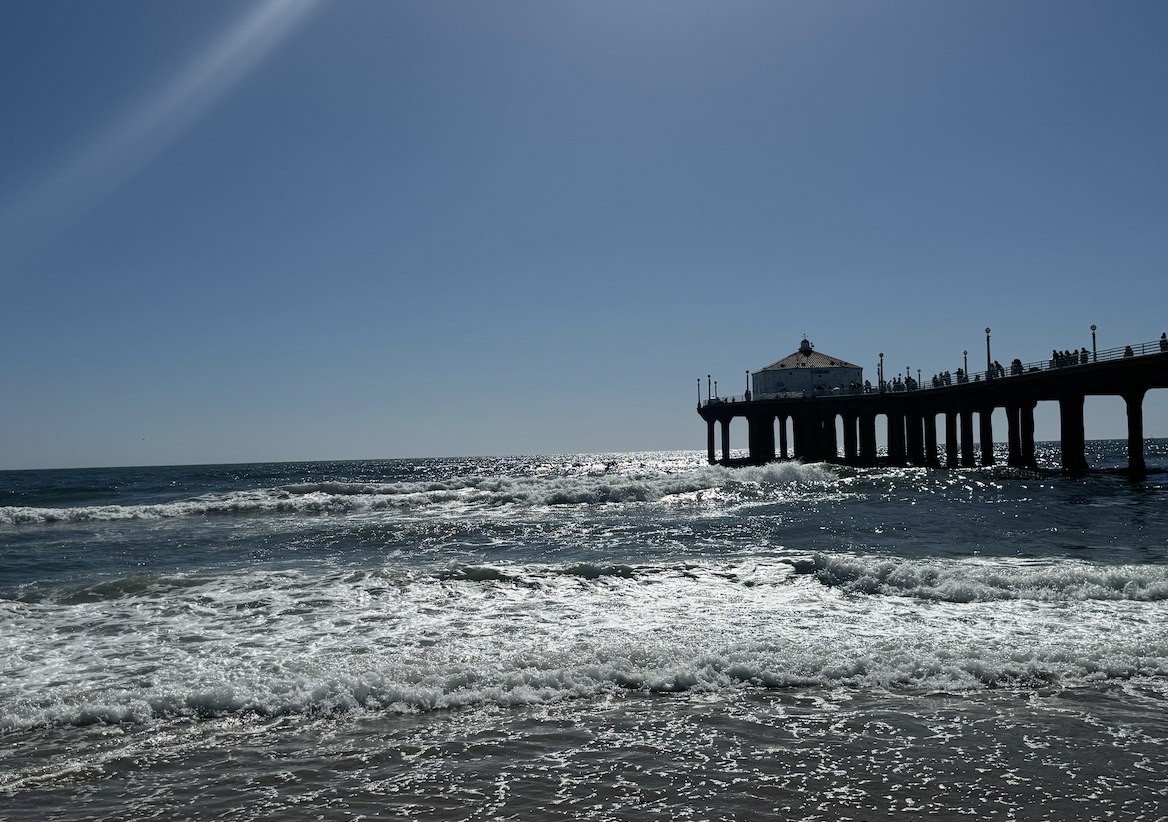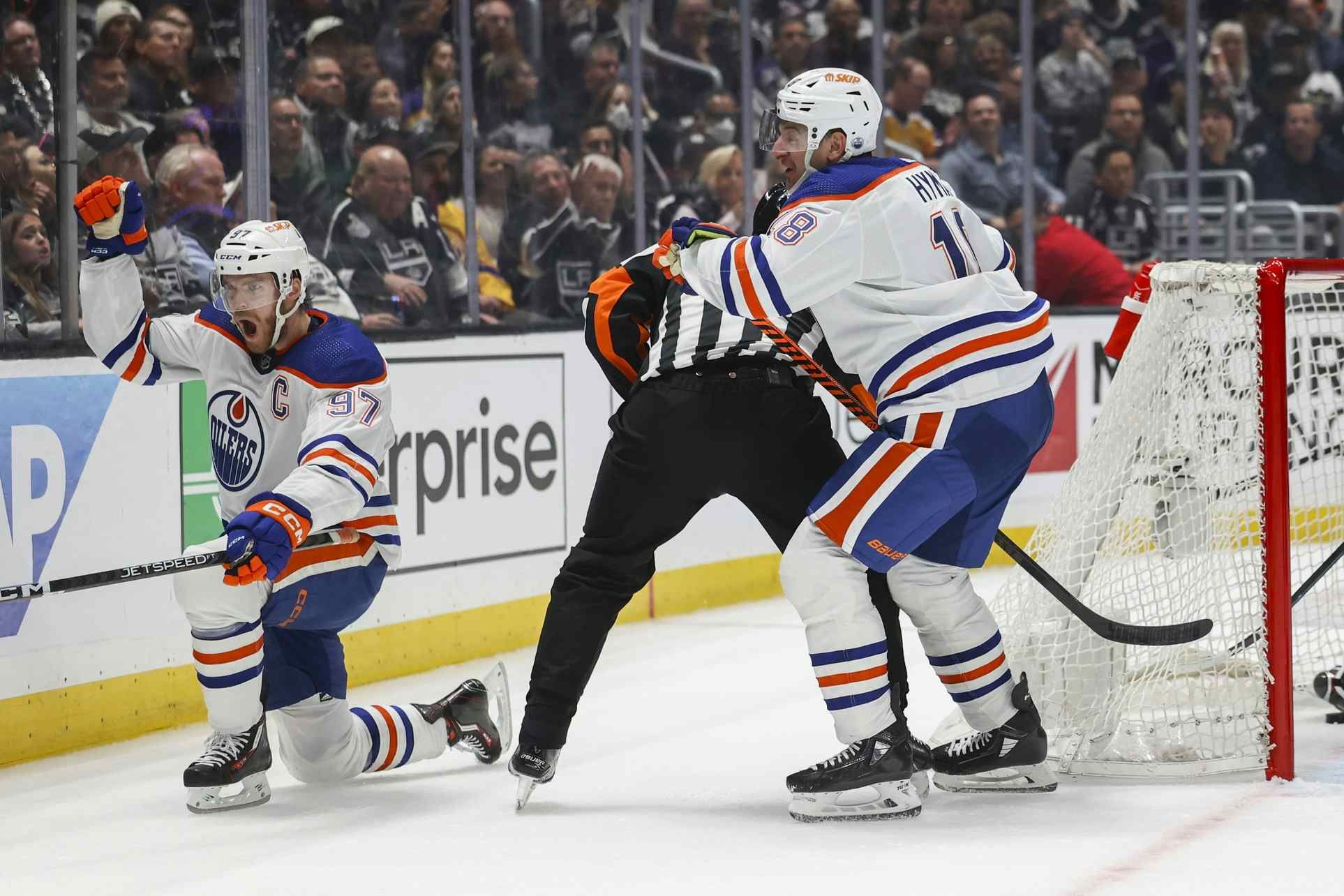Re-live the Edmonton Oilers 2008-09 season

Even seven years later, it’s hard to be definitive about exactly what was accomplished in Edmonton during the Steve Tambellini era. He took the helm in the summer of 2008 and would spend five years running the team, though most of the offseason changes were made by Kevin Lowe before the official transition of power.
2008-09 was an uncertain start to Tambellini’s run as general manager, though as it turned out it also marked the high point in terms of on-ice achievement during his time with the Oilers.
|
The average NHL team both scored and surrendered 239 goals, so the Oilers were entirely unremarkable, just a little bit worse at both things than the run-of-the-mill major-league club. The club’s 0.910 save percentage was a touch above the league average of 0.906; a rebound year from Dwayne Roloson covered up some other goalie problems and helped Edmonton stay within visual range of respectability.
Transactions, Summer 2008
- June 6, 2008: Oilers dealt LD Danny Syvret to the Flyers for C Ryan Potulny
- June 20-21, 2008: Oilers drafted RW Jordan Eberle (No. 22), LD Johan Motin (No. 103), LW Phil Cornet (No. 133), LW Teemu Hartikainen (No. 163) and LD Jordan Bendfeld (No. 193)
- June 29, 2008: Oilers dealt C Jarret Stoll and RD Matt Greene to the Kings for LD Lubomir Visnovsky
- July 1, 2008: Oilers dealt LD Joni Pitkanen to the Hurricanes for LW Erik Cole
- July 1, 2008: Oilers dealt LW Raffi Torres to the Blue Jackets for C Gilbert Brule
- July 10, 2008: Oilers signed UFA LD Jason Strudwick
- July 31, 2008: Oilers named Steve Tambellini general manager
- September 30, 2008: Oilers claimed LW Steve MacIntyre off waivers from the Panthers
There is a tendency to look at the summer 2008 moves in isolation – in particular the acquisition of Visnovsky – but the truth is that they make the most sense when considered together. The Oilers made a series of moves, upgrading puck-moving left defencemen (Pitkanen to Visnovsky) and physical left wing (Torres to Cole) while also adding a solid prospect (Brule) at the cost of a depth defenceman (Greene) and a centre who seemed redundant given the presence of Gagner, Horcoff, Cogliano and Brodziak up the middle (Stoll). Strudwick was added essentially to fill the hole created by moving Greene.
With the summer’s work done and a young team apparently suitably bolstered, Kevin Lowe stepped back and handed the roster off to Tambellini. Tambellini’s only immediate move was to add MacIntyre, an enforcer, to the roster.
Individual Scoring & Team Leaders

The team’s leader in goals, assists and total points was Ales Hemsky, who notched a career-high 23 goals. Although we didn’t know it at the time, this would be his last healthy, effective season as an Oiler. He’d miss nearly 100 games over the next two seasons, and struggle to score over two and a half seasons after that with a rebuilding Edmonton club.
Also enjoying his finest season as an Oiler was Sheldon Souray. He tied for the team scoring lead with 23 goals, including 12 on the power play and a career-high 10 at even-strength. He averaged nearly 25 minutes per game and was a nasty piece of work in front of his own net. He was the lynchpin of a rebuilt defence which featured effective campaigns from Gilbert (45 points), Visnovsky (31 points in just 50 games) and Grebeshkov (39 points). As of this writing, this remains the best defensive group assembled by the Oilers post-2006.
Shawn Horcoff and Sam Gagner both had reasonably effective seasons, though neither scored as much as had been hoped following strong showings in 2007-08. Most of the team’s young forwards struggled through disappointing campaigns; the lone exception was Kyle Brodziak and he was not long for the team.

One of the seasons on-going subplots was the presence of three goalies on the NHL roster, and the team’s refusal to just pick two and go with them. Mathieu Garon struggled badly after a fine performance in 2007-08, while rookie Jeff Deslauriers was regarded as the goalie-of-the-future and was thus not to be risked on the waiver wire. Eventually, Garon was sent out and Deslauriers given the backup job.
Not that it mattered much. Dwayne Roloson was back after a tough 2007-08, and with the Oilers in playoff contention until late in the year head coach Craig MacTavish rode him for all he was worth. Roloson started 36 consecutive games down the stretch and was excellent; the team often let him skip practice to reduce fatigue. To this day, he is the oldest goaltender to appear in at least 60 games in an NHL season; Martin Brodeur did it at age 37 but Roloson managed it at 39.
It would end up being Roloson’s final season in Edmonton, and he left the way he arrived: Brilliantly.
Transactions
- November 11, 2008: Oilers claimed RW Jesse Boulerice off waivers from the Avalanche
- January 17, 2009: Oilers dealt G Mathieu Garon to the Penguins for RW Ryan Stone, G Dany Sabourin and a fourth-round pick
- March 4, 2009: Oilers dealt LW Erik Cole and a fifth-round pick to the Hurricanes for LW Patrick O’Sullivan and a second-round pick.
- March 4, 2009: Oilers dealt a second-round pick to the Sabres for RW Ales Kotalik
None of Tambellini’s mid-season moves would move the dial in the long-term. Kotalik played well but didn’t stay, the once-promising career of O’Sullivan cratered and the piece which ultimately proved to be most valuable in the Garon deal (the fourth round pick, which was spent on Tobias Rieder) would be flipped away in another move before it could pay dividends.
All of these moves were a sign of things to come, but perhaps none more so than the Garon trade. The Oilers carried three goalies for three whole months before Tambellini was finally able to make a move; that tentative approach to solving roster problems would become a hallmark of his tenure.
Season in Review

There was a sense of expectation in 2008-09. The previous year’s team had gone on a late tear and nearly made the playoffs, and with healthy veterans and a few offseason moves the hope was that these Oilers would take the next step.
And in fairness, the team was better. The Oilers went from minus-23 to plus-five at even-strength, gained five goals on the power play and were competitive without the crazy shootout luck they had the previous year. However, they really weren’t good in 2007-08, and between the amount of ground the team had to make up and a malfunctioning penalty kill there was just no way this club could meet expectations.
Some individual lapses hurt, too. Players like Erik Cole, Dustin Penner and Robert Nilsson were expected to lead the attack; all had disappointing campaigns. Andrew Cogliano and Sam Gagner both saw reduced point totals from their rookie year, combining for 15 fewer in 2008-09 than they had in 2007-08.
Perhaps the one thing worth remembering from the season was the performance of Dwayne Roloson, who confirmed himself as a fan favourite with a glorious run to end the year.
Tambellini decided that the issue with the team was a lack of intensity. At the same April press conference where coach Craig MacTavish’s departure was announced, Tambellini pointed to grit and size as major problem areas and said he would not put up with an “unemotional game” from his team. He suggested that the team could get more out of the players on the roster and that the club would benefit from adding people who were hard to play against.
Re-thinking the 2008-09 Oilers

The popular consensus at the time was that 2008-09 was an extremely disappointing season; individual performances reinforced that notion. In reality, the Oilers were always going to fall back to Earth after an artificially inflated performance in 2007-08, and the fact that they did as well as they did despite problems with Cole and Penner should have been encouraging.
Sustainability was an issue. The key strengths of the team were defence and goaltending. The two lynchpins of the blue line (Souray and Visnovsky) were both approaching the age of 35 and had recent injury history, while Dwayne Roloson was defying Father Time as he approached 40. A crash may have been inevitable even with an able manager at the helm.
Tambellini would prove not to be that manager. It was difficult in 2008-09 to really get a read on his performance, in large part because of the prevailing suspicion that Kevin Lowe was pulling the strings, a suspicion which was reinforced by his relative lack of action in-season. In hindsight, it’s obvious that Tambellini’s hesitancy – particularly his dithering over the goaltending position – was simply a sign of what was to come.
Recent articles from Jonathan Willis





